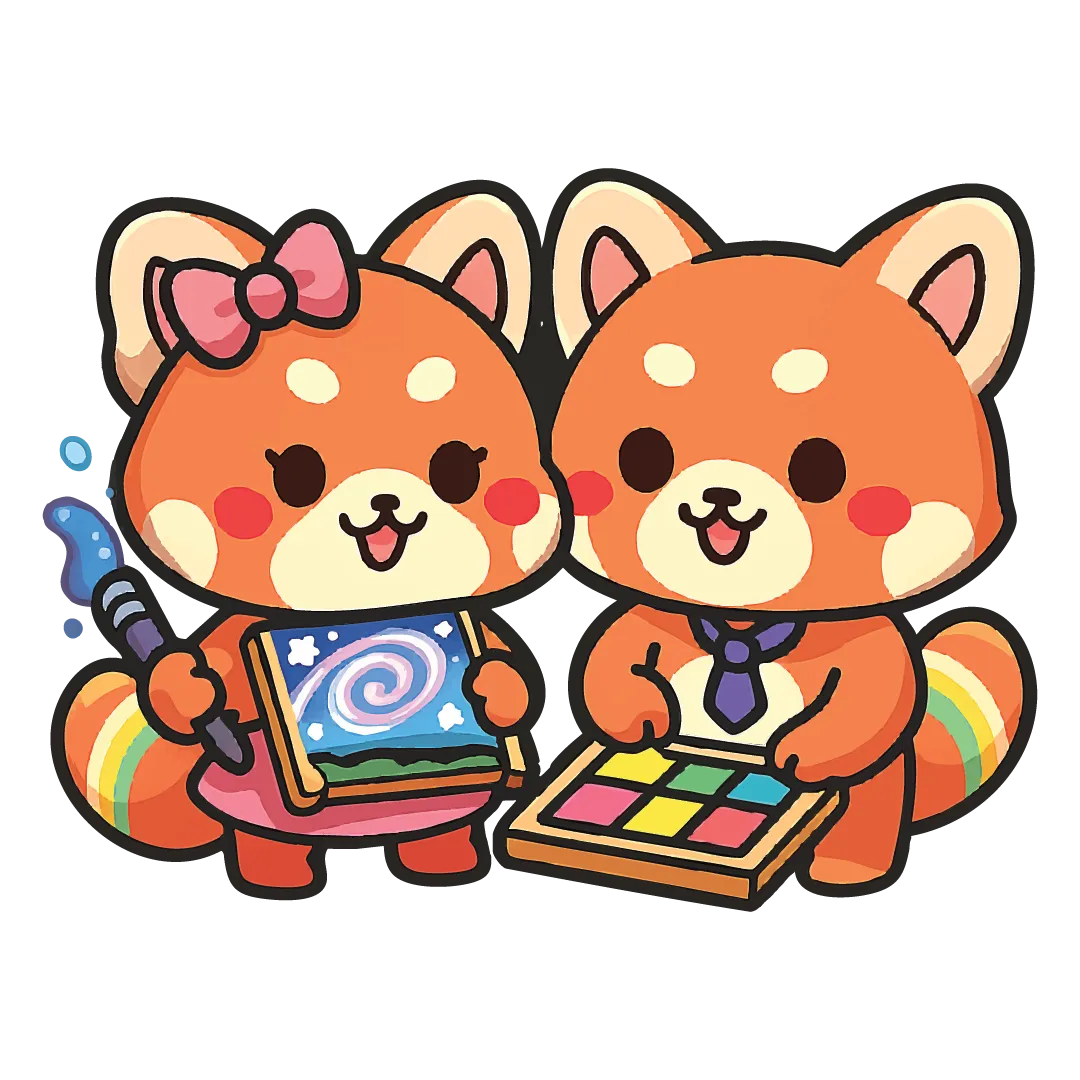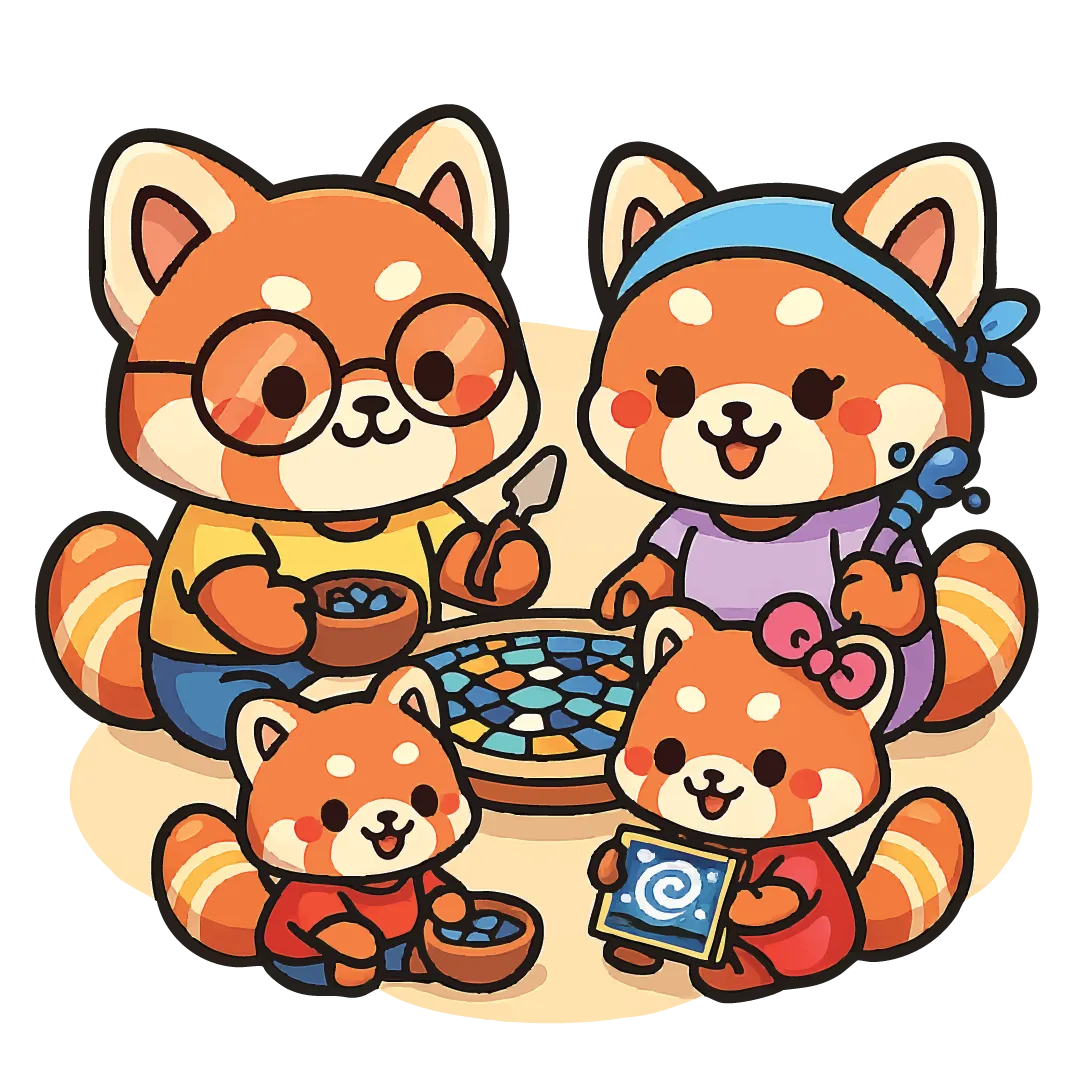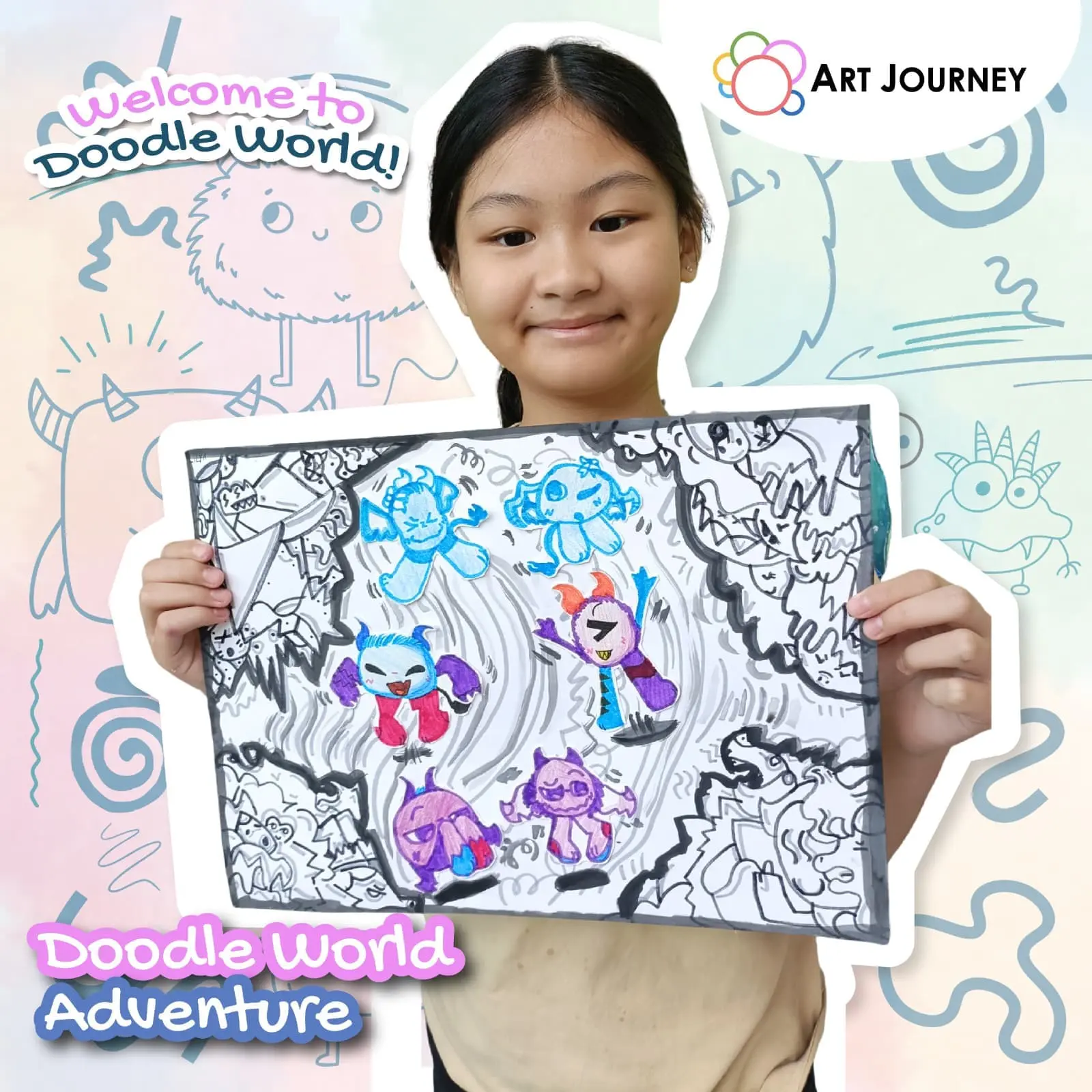
The Role of Art in Early Childhood Development
Children are born curious. From scribbling on paper to shaping clay or mixing colors, young minds naturally use art to explore and express themselves. These early creative moments do more than produce cute drawings — they play a powerful role in shaping how children think, feel, and connect with the world.
At Art Journey Singapore, we see daily how art sparks imagination and strengthens vital developmental skills. Whether it’s a toddler experimenting with colors or a preschooler crafting shapes, art nurtures not only creativity but also emotional balance, problem-solving, and self-confidence.
Let’s explore why art is such a vital part of early childhood development — and how you can help your child benefit from it.
1. Art Encourages Creative Thinking
Art invites children to imagine possibilities. When a child paints a purple sun or draws an elephant with wings, they’re learning that creativity has no limits. This “what if” thinking builds flexibility and problem-solving skills — essential traits for innovation and adaptability later in life.
In Art Journey’s early art workshops, instructors guide children to think beyond the expected. Instead of coloring inside the lines, they’re encouraged to explore shapes, textures, and ideas freely — helping their creative confidence bloom.
2. It Builds Fine Motor Skills
Painting, coloring, cutting, and gluing all strengthen hand-eye coordination and fine motor control. These skills are the foundation for later abilities like writing, tying shoelaces, and using tools.
By holding brushes or manipulating mosaic pieces, children refine their grip and precision. Simple art activities — like finger painting or crafting with small beads — double as fun exercises for developing dexterity and focus.
3. Art Fosters Emotional Expression
Young children often can’t fully describe their emotions through words, but they can express them through colors and shapes. Art becomes a gentle outlet for feelings like joy, excitement, or even frustration.
When a child draws a stormy sky or paints bright rainbows, they’re sharing inner emotions in a safe and constructive way. Teachers and parents can use these moments to understand and support a child’s emotional world.
Art Journey’s instructors often notice that children who struggle to communicate verbally find comfort and release in creative expression — showing how art can nurture emotional well-being.
4. It Enhances Cognitive Development
Creating art strengthens a child’s ability to plan, sequence, and make decisions. Whether they’re deciding which color to use or how to fit pieces together, children are actively engaging their brains to solve problems.
Art activities also build memory and concentration. As kids follow simple steps to complete a project, they learn to stay focused while applying logic and creativity — a perfect blend of right and left brain development.
5. Art Improves Observation and Awareness
When children draw objects, people, or nature, they learn to observe closely. They notice details — the curve of a leaf, the way shadows fall, or the color of the sky — which deepens their understanding of the world around them.
Observation is the first step toward curiosity and learning. Encouraging kids to “see like an artist” trains them to notice beauty and detail in everyday life, making them more mindful and appreciative individuals.
6. It Builds Confidence and Self-Esteem
Completing an artwork gives children a sense of accomplishment. Whether it’s a finger-painted masterpiece or a crafted animal mask, each creation helps build confidence.
When parents or teachers display a child’s artwork or offer praise, it reinforces pride and belief in their abilities. Over time, children learn that effort leads to progress — an invaluable lesson for all areas of life.
Art Journey’s classes focus on positive encouragement rather than perfection, helping kids celebrate creativity over comparison.
7. Art Encourages Social Interaction
Group art sessions help children learn collaboration and communication. Sharing materials, discussing ideas, or creating a group mural teaches teamwork, patience, and respect for others’ opinions.
Social art activities also help shy or introverted children open up, as they find connection through shared creativity. A classroom full of color, laughter, and imagination is often where lifelong friendships begin.
8. It Strengthens Imagination and Innovation
Imagination is the heart of art — and a vital skill for future success. Children who can imagine new ideas today are tomorrow’s problem-solvers, inventors, and creators.
By turning a paper plate into a mask or a cardboard box into a castle, kids learn to see endless possibilities in simple things. This ability to think creatively translates into resilience and adaptability in academics and life.
At Art Journey Singapore, workshops are designed to nurture this spark. Kids aren’t just making art — they’re learning to think differently, experiment fearlessly, and express authentically.
9. Art Lays the Foundation for Lifelong Learning
Early exposure to art creates a positive attitude toward learning. It shows children that discovery can be joyful and mistakes are part of the creative process.
This growth mindset — where effort is valued over results — helps children stay curious and motivated in school. A child who enjoys art is more likely to approach challenges with patience, curiosity, and confidence.
10. It Creates Meaningful Parent-Child Bonds
When parents join their children in art-making, it becomes more than a fun activity — it’s quality time that strengthens connection. Sharing creative moments, praising effort, and exploring ideas together make children feel valued and supported.
Family art sessions at Art Journey often turn into memorable bonding experiences where both parents and kids rediscover the joy of creating together.
Encouraging Creativity at Home
You don’t need fancy tools to foster creativity at home. Simple activities can do wonders:
- Keep a small art corner with basic materials like crayons, colored paper, and glue.
- Allow free playtime without strict instructions — let children explore independently.
- Display their artwork proudly to build confidence.
- Encourage storytelling through art — ask them to explain their drawings or paintings.
The key is to create an environment where imagination is celebrated, not corrected.
FAQs: Spotting and Supporting a Budding Young Artist
- At what age should my child start doing art activities?
Children can begin as early as 18 months with simple sensory play like finger painting or coloring. Around age 3–4, structured art activities can help build focus and skill. - My child only scribbles. Is that still art?
Yes! Scribbling is an essential stage of development. It helps with motor control and self-expression. Over time, these scribbles evolve into more intentional artwork. - How does art help emotional development?
Art allows children to express emotions safely, process experiences, and communicate feelings they may not have words for. It supports emotional intelligence and empathy. - Are art workshops better than at-home art play?
Both are valuable. At-home play encourages freedom, while structured workshops like those at Art Journey Singapore introduce techniques, teamwork, and creative discipline. - What kind of art activities are best for young children?
Activities that use multiple senses — such as painting, clay modeling, or collage-making — are ideal for developing creativity and motor coordination. - How can I support my child’s interest in art long-term?
Expose them to various forms of art, celebrate effort, visit exhibitions, and enroll them in regular workshops where they can grow at their own pace.






